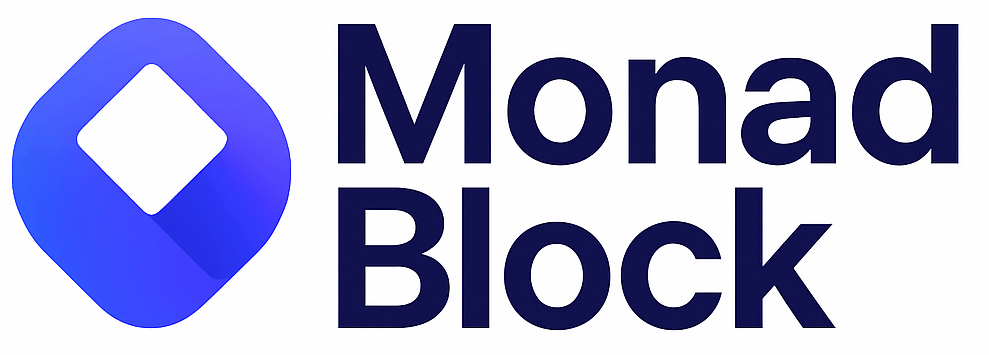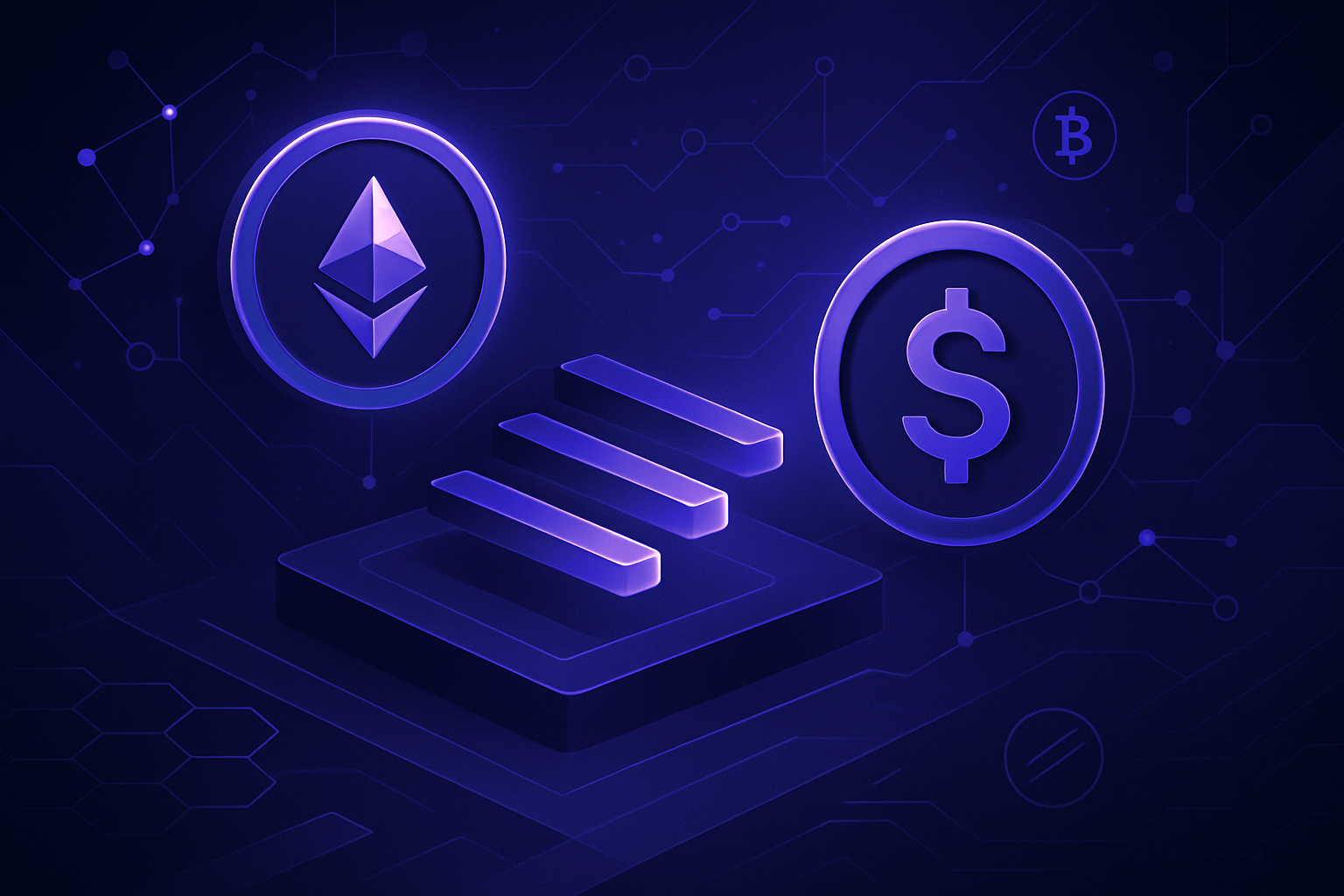
What does it actually take to push an EVM-compatible blockchain to 10,000 transactions per second (TPS) without sacrificing the developer experience or decentralization? That’s the question Monad set out to answer, and their solution is both elegant and technically ambitious. For blockchain developers, understanding how Monad achieves this level of performance isn’t just a curiosity; it’s a roadmap for building the next generation of decentralized applications that demand speed, scale, and reliability.

Why Parallelization is the Missing Piece for EVM Scalability
The original Ethereum Virtual Machine (EVM) design executes transactions sequentially. This means every smart contract call waits its turn in line, a bottleneck for everything from DeFi protocols to on-chain games. Monad flips this paradigm by introducing true parallel execution at the EVM layer, unlocking throughput previously thought impossible for Ethereum-compatible chains.
Instead of processing transactions one by one, Monad analyzes transaction dependencies and safely executes independent transactions simultaneously across multiple CPU cores. This is more than just a clever optimization, it fundamentally changes what’s possible for high-frequency trading platforms and large-scale dApps that need sub-second response times.
MonadBFT: Consensus Without Compromise
A blockchain is only as fast as its slowest component, and consensus has historically been a major drag on throughput. Monad introduces MonadBFT, a Byzantine Fault Tolerant protocol inspired by HotStuff but streamlined for performance. By reducing consensus communication rounds from three down to two, block finality drops to around 1 second, without increasing hardware requirements or centralizing validator power.
This matters because it means developers get both speed and security. Blocks are finalized quickly enough for real-time use cases but remain resilient against network faults or malicious actors. The end result? A chain that can handle 10,000 TPS with confidence, no tradeoffs required.
Deferred Execution: Decoupling Consensus From Computation
The real magic behind Monad’s performance lies in its deferred execution architecture. Here’s how it works: when a block is proposed, nodes first agree on the order of all included transactions but don’t execute them right away. Once consensus is reached on ordering, each node independently executes the transactions in parallel, guided by an analysis of which operations are independent versus interdependent.
This separation allows for highly efficient pipelining and eliminates many traditional bottlenecks found in legacy EVM chains. Developers can continue using their existing Solidity codebase while benefiting from massive speedups under the hood, a rare win-win in blockchain infrastructure design.
If you want to dig deeper into how deferred execution unlocks ultra-high throughput while maintaining Ethereum compatibility, check out our detailed technical deep dive at this link.
Optimistic Parallel Execution: Making Multi-Core Scaling Practical
Monad’s approach to optimistic parallel execution is what truly sets it apart from other EVM-compatible blockchains. Rather than relying on static sharding or speculative execution with heavy rollbacks, Monad performs a real-time dependency analysis on every batch of transactions. This means the network can confidently identify which transactions don’t touch the same state and safely execute them at the same time, maximizing hardware utilization without risking double-spends or state conflicts.
For developers, this translates to reliable, predictable performance gains, especially for workloads like high-frequency trading bots or on-chain gaming where transaction independence is common. The result is a network that not only advertises 10,000 TPS but can actually sustain it under real-world conditions.
MonadDB: Storage That Keeps Up With Compute
No blockchain can go faster than its slowest disk operation. Recognizing this, Monad built MonadDB, a custom storage engine designed specifically for SSDs and asynchronous operations. Unlike traditional databases that struggle with parallel reads and writes, MonadDB supports concurrent access patterns out of the box. This eliminates I/O bottlenecks and ensures that even during periods of network congestion or high activity, transaction processing remains smooth.
This matters not just for raw throughput but also for user experience, think near-instant confirmation times and seamless dApp responsiveness. For enterprise use cases where latency and reliability are non-negotiable, MonadDB is a critical piece of the puzzle.
What This Means For dApp Builders
If you’re building on Ethereum today and feeling constrained by gas fees or sluggish confirmation times, Monad’s parallel EVM offers a direct path forward without abandoning your existing Solidity contracts or tooling. The network’s full EVM compatibility means migration friction is minimal; you get all the benefits of parallel execution and sub-second finality with your current codebase.
This opens up new possibilities for everything from DeFi protocols requiring high-frequency arbitrage to on-chain games with thousands of simultaneous player actions. Developers can finally target global-scale adoption without worrying about performance ceilings.
Explore Further and Join the Conversation
The move to true EVM parallelization isn’t just technical progress, it’s an invitation for developers to rethink what’s possible in decentralized systems. For deeper dives into Monad’s architecture, check out our companion guides like how developers can achieve ultra-high throughput on Ethereum-compatible chains and how Monad unlocks 10,000 TPS for developers.
The next wave of Web3 innovation will be built by those who embrace these scaling breakthroughs early. Whether you’re optimizing DeFi contracts or launching real-time multiplayer games on-chain, Monad’s parallel EVM architecture gives you both speed and flexibility, no compromises required.


